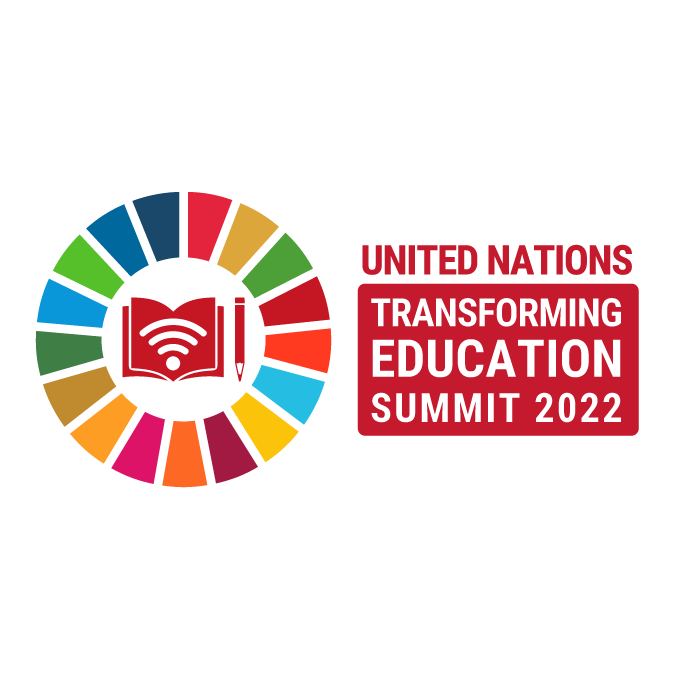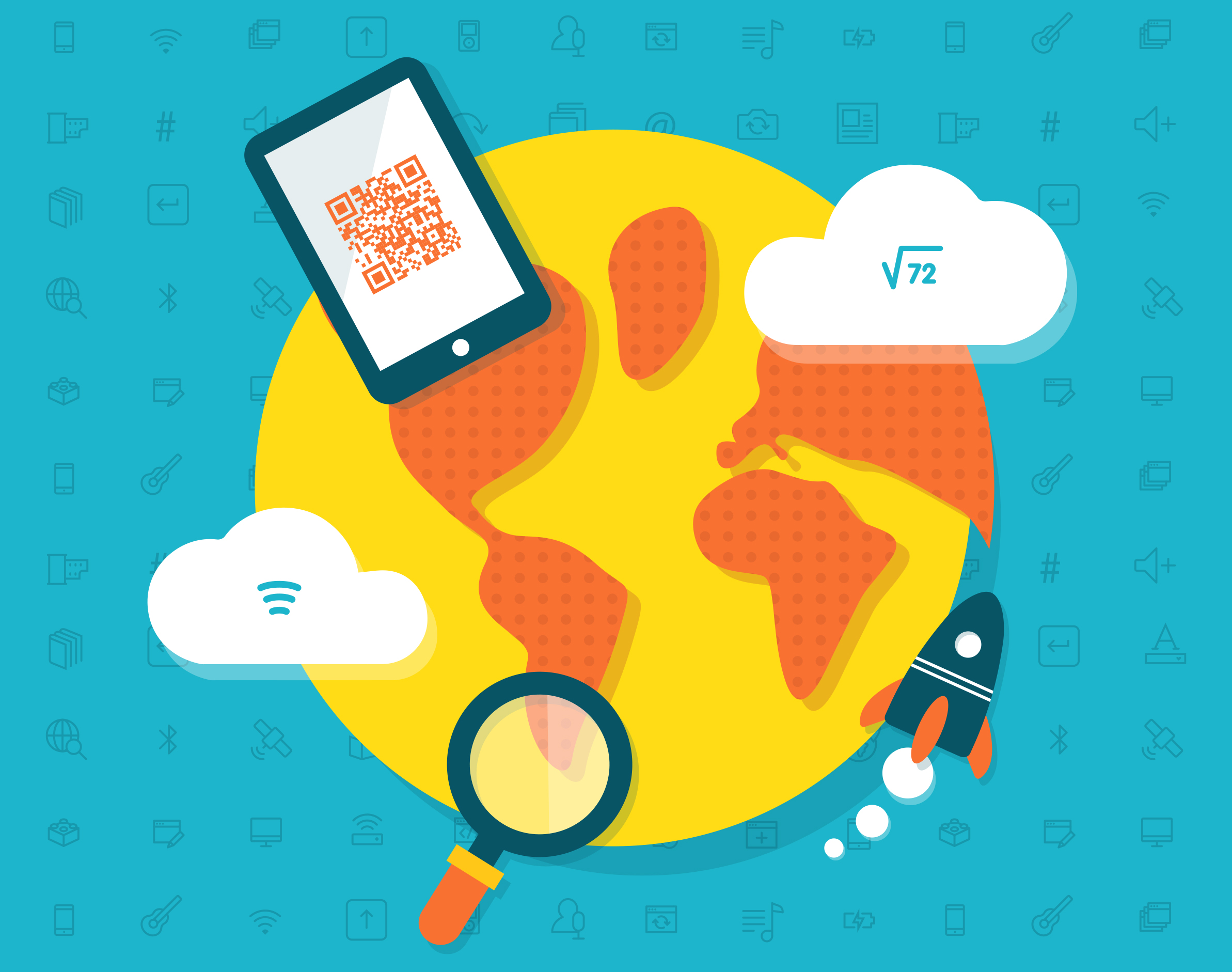During the last UN Education Transformation Summit, the international community renewed its commitment to the SDG 4 (ensuring inclusive and equitable quality education and promoting lifelong learning opportunities for all). In this spirit, and as we explained in this other post, seven new global initiatives were launched that aim to capture the spirit of transformation that must be injected into educational systems. Among these initiatives was to ensure quality public digital learning for all children around the world.
The inclusion of digital education among the new commitments of the countries towards the achievement of inclusive, equitable and quality education is a very important step in the recognition of the transformative power of digital education and an endorsement of the work that organisations such as the ProFuturo Foundation have been doing for years.
The transformational power of digital education

In its call to action, the Education Transformation Summit recognises that “to ensure that quality education is provided as a public good and a human right, with a special focus on the most marginalised, we must harness the power of the digital revolution”. But what is this power? How can technology help education?
Problems related to access, equity and inclusion. Well, for example, technology is a powerful tool for overcoming inequalities related to two dimensions, namely serving disadvantaged populations and ensuring that the contents reach everyone in more attractive and affordable formats.
Quality-related problems. Education systems can use technology to improve skills acquisition. Technology can help teachers to provide more opportunities in order to focus on disadvantaged pupils who start at a disadvantage for a variety of reasons (they don’t receive enough encouragement at home, they have no pre-school education, they have difficulty in doing their homework…).
Management-related problems. Technology can improve data collection and analysis to help education systems make better decisions.
To ensure that quality education is provided as a public good and a human right, with a special focus on the most marginalised, we must harness the power of the digital revolution.
Transforming Education Summit
Three factors to unleash the power of digital education
To unleash the power of digital teaching and learning and make it more accessible, the Education Transformation Summit believes that we need to act on three factors:
Content: Digital learning platforms, still few and far between

Image: Ismael Martínez for ProFuturo Foundation.
Digital content for teaching and learning should be available to students, teachers and carers. This content should be of high quality, relevant to the curricula and located on digital learning platforms.
However, the experience of educational disruption due to COVID-19 showed that a large number of students do not know where to go or have nowhere to go to access digital educational resources to enable them to continue their studies and meet their needs and interests. Moreover, in many cases, existing content is not of the necessary quality, is not accessible with a mobile phone, is poorly organised, or is hosted on paid websites or in virtual spaces that inappropriately collect and sell students’ data and expose them to advertising.
Digital learning platforms with high quality content, such as ProFuturo can transform learning for children, youth and adults, but they are still rare and most countries (especially the most vulnerable) do not yet have approved public platforms and content for digital learning.
Countries therefore commit to establish and improve public digital learning platforms with high-quality, curriculum-aligned educational resources, ensuring that they are free, open and accessible to all, and protecting users and their privacy.
Digital learning platforms with high quality content can transform learning.
Capacity: lack of digital skills

Refugee Center at Bourj Hammoud in Libano.
Across the world, the lack of digital skills of both teachers and students is one of the most frequently cited barriers to the use of the internet for educational purposes. In this Observatory, we have said it many times: To realise the full potential that technology can bring to education, teachers need to learn how to handle it and integrate it into their daily pedagogical practice.
However, one in three people lack even the most basic digital skills, with gender gaps remaining unacceptably high (women and girls are 25% less likely than men to know how to harness digital technology for basic purposes).
There is also very little training available for teachers and educational staff to improve their pedagogical practices in order to use technology effectively.
To advance digital capabilities, countries commit to achieving universal digital literacy for education and other empowerment purposes, with a special focus on women and girls, in order to close long-standing gender gaps in digital skills.
They are also committed to building the capacity of all teachers and relevant education staff to harness the power of digital resources to help their students learn, using existing tools (such as the UNESCO’s ICT Competency Framework for Teachers and the Global Coalition for Education).
Connectivity: unequal access
Connectivity represents a vital avenue for digital learning. Digital connectivity helps to ensure that all schools and individuals can benefit from the educational advantages of good quality internet connections.
However, globally, 2.9 billion people are unconnected, 90% of whom live in developing countries. There are also significant disparities in internet affordability around the world, with the poorest often paying the highest mobile data tariffs. Largely due to differences in access and cost, people in rich countries use, on average, 35 times more digital data than people in poorer countries. This unequal access to connectivity reduces the opportunities for too many young people and adults to learn and develop their potential.
In this regard, countries commit to connect all schools to the internet and to facilitate the extension of internet services to homes and individuals to provide more pathways for education and lifelong learning. They also commit to implement the necessary policies, regulations, technologies and funding to ensure that school connectivity is safe, sustainable and equitable.
Eight years away from 2030, we still have a long way to go. Digital education can help us speed up and make up for lost time. Above all, it can do so by focusing on the most vulnerable and disadvantaged. But unlocking the potential of digital education involves strategy, commitment and action at all levels of society. This new commitment by the international community could be the first stepping stone.






